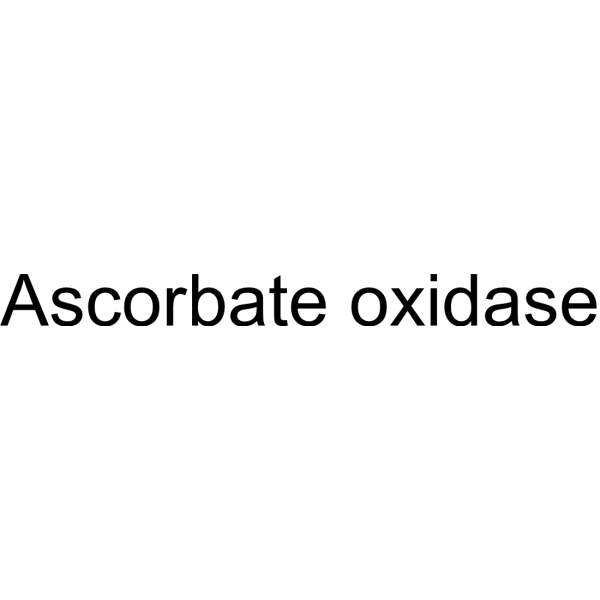Involvement of extracellular ascorbate and iron in hydroxyl radical generation in rat striatum in carbon monoxide poisoning.
Shuichi Hara, Hajime Mizukami, Toshiji Mukai, Kunihiko Kurosaki, Fumi Kuriiwa, Takahiko Endo
Index: Toxicology 264(1-2) , 69-73, (2009)
Full Text: HTML
Abstract
Carbon monoxide (CO) poisoning stimulated generation in rat striatum of toxic hydroxyl radicals (*OH), which might participate in the CO-induced neuronal injury. Since an increase in extracellular ascorbate (AA) stimulated *OH generation in the presence of endogenous metals, including iron, in rat striatum in vivo, we examined the role of extracellular AA in *OH generation due to CO poisoning in the present study. The CO-induced *OH generation in the striatum was strongly suppressed by intrastriatal administration of active, but not inactivated, AA oxidase, which degrades extracellular AA. In addition, CO poisoning caused a significant increase in extracellular AA in rat striatum, suggesting a role of extracellular AA in the CO-induced *OH generation. However, the time-course of changes in extracellular AA could not be completely superimposed on that of the CO-induced *OH generation. On the other hand, the CO-induced *OH generation was completely suppressed by an iron chelator, deferoxamine. These findings suggest that *OH generation in rat striatum due to CO poisoning may involve both extracellular AA and chelatable iron.2009 Elsevier Ireland Ltd.
Related Compounds
| Structure | Name/CAS No. | Molecular Formula | Articles |
|---|---|---|---|
 |
Ascorbate oxidase
CAS:9029-44-1 |
N/A |
|
Cooling water before panicle initiation increases chilling-i...
2015-07-01 [Plant Cell Environ. 38 , 1255-74, (2015)] |
|
In Vitro Toxic Effects of Zinc Oxide Nanoparticles on Rat Ad...
2015-01-01 [Cell J. 17 , 412-21, (2015)] |
|
A critical comparison of two high-throughput ascorbate analy...
2013-09-01 [Plant Physiol. Biochem. 70 , 418-23, (2013)] |
|
Salicylic acid reduces napropamide toxicity by preventing it...
2010-07-01 [Arch. Environ. Contam. Toxicol. 59(1) , 100-8, (2010)] |
|
An integrative genomics approach for deciphering the complex...
2009-11-01 [C R Biol. 332(11) , 1007-21, (2009)] |